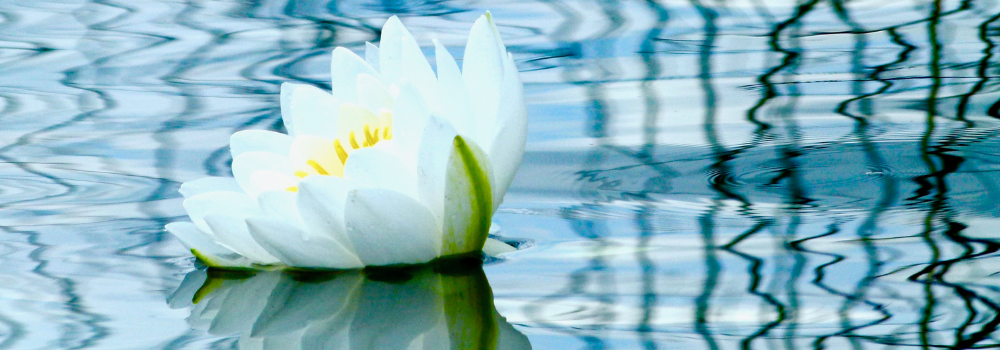
10 Little Known Pollinators In Your Garden
Share
Pollination, a critical process for the reproduction of many plants, involves the transfer of pollen from the male parts of a flower to the female parts. While bees are the most famous pollinators, there’s a myriad of little known pollinators playing vital roles. Here’s a shout out to some of these hard working and unsung garden heros.
1. Moths: The Night Shift Workers
Moths, especially those in the family Sphingidae (hawk moths), are nocturnal pollinators that visit flowers under the cover of darkness. Their long proboscises allow them to access nectar from deep flowers, facilitating the pollination of plants like the evening primrose and yucca. The white-lined sphinx moth, for instance, is a prolific pollinator of evening primrose, contributing to the plant's reproductive success and distribution.
2. Bats: The Tequila Makers
Bats, particularly those in tropical and desert regions, are key but little known pollinators for over 500 plant species, including mangoes, bananas, and agave. The lesser long-nosed bat, found in the Americas, is crucial for the pollination of the agave plant, which is essential for producing tequila. Bats' nocturnal activities help to spread pollen over large distances, supporting genetic diversity among plant populations.
3. Beetles: The Old-School Pollinators
Beetles were among the first pollinators, dating back to the time of dinosaurs. They pollinate ancient flowering plants like magnolias and water lilies. The process, known as cantharophily, involves beetles feeding on the flowers' pollen and, in doing so, inadvertently transferring pollen from one bloom to another. This ancient relationship underscores the beetles' significant role in the history of plant evolution.
4. Flies: The Undercover Agents
Flies, including hoverflies and bee flies, are important pollinators for a variety of plants. Hoverflies, which resemble bees or wasps, visit flowers for nectar and pollen. Their larvae often play a role in controlling pests, making them beneficial in gardens and agricultural fields. Bee flies, with their long proboscis, are adapted to pollinate deep-throated flowers, contributing to the pollination of wildflowers and some crops.
5. Birds: The Colorful Visitors
Birds, especially the hummingbirds in the Americas and their feathered friends globally, are like the flashy, fast-moving VIPs of the pollination world. They love those bright, showy flowers and are all about that sweet, sweet nectar, proving that sometimes, the best things do come in small, colorful packages. In New Zealand, the bellbird and tui are vital for the pollination of native flora like the kowhai. In Australia, honeyeaters and the regent honeyeater play similar roles. These birds are attracted to bright, tubular flowers, which are adapted to bird visits, exemplifying co-evolution between avian pollinators and plants.
6. Ants: The Ground Crew
Ants are often overlooked as pollinators since their foraging can sometimes lead to flower damage. However, in some ecosystems, ants play a crucial role in the pollination of certain plant species. For example, in arid or isolated environments where traditional pollinators are scarce, ants can significantly contribute to the pollination process. Their movement from flower to flower in search of nectar can result in effective pollen transfer.
7. Wasps: The Fig Whisperers
Wasps, similar to bees in their capacity to pollinate, are attracted to a variety of flowers. Their role in pollination is particularly notable in figs, which rely on specific wasps for their life cycle. The fig and fig wasp relationship is a remarkable example of mutualism, where the plant and the pollinator are interdependent, showcasing the complexity and diversity of pollination strategies in nature.
8. Lizards and Geckos: The Sunbathers
In some island ecosystems, like the Canary Islands and Madagascar, lizards and geckos have taken on the role of pollinators. Their interaction with nectar-producing flowers leads to pollen transfer. The Mauritian gecko, for instance, is a key pollinator for certain native plants, highlighting the adaptability of pollination systems in different environments.
9. Butterflies: The Garden Dancers
Butterflies, with their long proboscises and preference for brightly colored flowers, are essential pollinators for many plant species. Their role in the pollination of milkweed, essential for the reproduction of monarch butterflies, is well-documented. Butterfly pollination, often more targeted than that of bees due to their feeding habits, can lead to effective cross-pollination between plants.
10. Snails and Slugs: The Surprise Guests
Incredibly, even snails and slugs can play a role in pollination. While they are often considered pests in gardens and crops, their movement among flowers, especially in moist environments, can lead to pollen transfer. This unusual method of pollination is a reminder of the diverse strategies nature employs to ensure the reproduction of plant species.
Wrapping It Up
The world of pollinators extends far beyond bees, encompassing a variety of animals and insects whose contributions to biodiversity and food security are invaluable. These creatures, often unnoticed or undervalued, play critical roles in the reproduction of plants, supporting ecosystems worldwide. Protecting these pollinators and their habitats is essential for preserving the planet's biodiversity and ensuring the continued success of natural and agricultural ecosystems.
